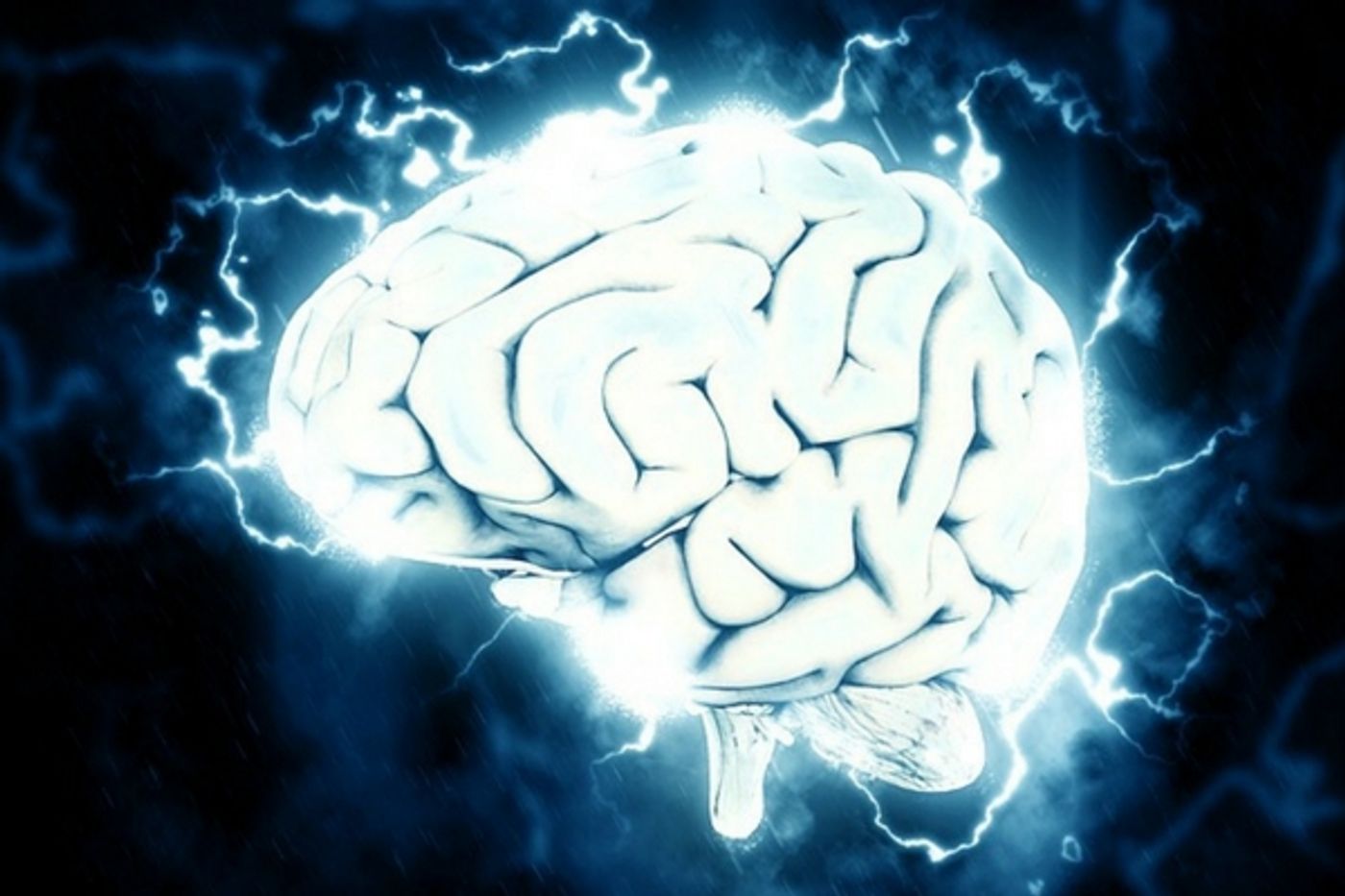Your Brain Has Rhythm
When talking about rhythm, something that comes to mind is music. Tapping along to the beat of a favorite song or being able to dance and sing are all functions of rhythm. Some people have musical talent, and some do not, but we all have a body rhythm that often goes unnoticed. It's not about toe-tapping or line dancing or anything else that requires gross motor skills and musical aptitude. It's the rhythm of brain cells firing.
Neurons, which are the nerve cells in the brain that are responsible for keeping our bodies moving and breathing, must fire in a particular rhythmic pattern for everything to function properly. It's not a well-understood area of neuroscience, but new research from the Salk Institute is shedding some light on the "neural circuitry" that goes on every second of every day to keep things humming along smoothly. Understanding this mechanism is a significant step in finding treatments for neurodegenerative diseases like ALS and Parkinson's.
To find out exactly how the rhythms of neural networks operate, the team at Salk started with stem cells. In the lab, they used these building block cells to create a synthetic spinal cord system entirely in a petri dish. Much like lab-created organs, which researchers call "organoids," the scientists at the Salk Institute called these networks "circuitoids." Just creating the network, however, was not the whole project. What happened with some of the circuitoids was what has researchers hopeful that these creations can be the start of therapies for many neurological problems. Without any outside interference, some of the networks began to demonstrate the kind of rhythmic electrical firing that happens when the brain is controlling repetitive motions made by the body, like walking or even dancing.
Samuel Pfaff, the senior author of the study and a professor at the Howard Hughes Medical Institute, explained in a press release, "It's still very difficult to contemplate how large groups of neurons with literally billions if not trillions of connections take information and process it. But we think that developing this kind of simple circuitry in a dish will allow us to extract some of the principles of how real brain circuits operate. With that basic information maybe we can begin to understand how things go awry in disease."
There millions of neurons in the brain and the connections they make are almost infinite. The model circuitoids contained just a fraction of this amount. Most were made up of about 50,000 cells, large enough to be seen with the naked eye. Using molecular tags the team created four subtypes of neurons with excitatory motor neurons (which cause an electrical signal) and inhibitory motor neurons,(which will stop the signals.) Observing the actions between these circuits of neurons showed that those with only excitatory neurons began to fire rhythmically, while those with only inhibitory neurons did not. Pairing each with motor neurons caused small sub-networks to develop, which also fired spontaneously.
RELATED: The 3D Mini Brain
It was the ratios of each kind of neuron in the different circuitoids that seems to indicate the exact mechanism of the firing patterns, according to Pfaff who said, "These results suggest that varying the ratios of excitatory to inhibitory neurons within networks may be a way that real brains create complex but flexible circuits to govern rhythmic activity. Circuitoids can reveal the foundation for complex neural controls that lead to much more elaborate types of behaviors as we move through our world in a seamless kind of way."
The video below, from the Salk Institute team, explains the process in more detail. It's an important first step in understanding how the brain controls movement and hopefully will lead to better treatments for neurological disease or injury. Check it out.
Sources: Salk Institute, The Stem Cellar, eLife









